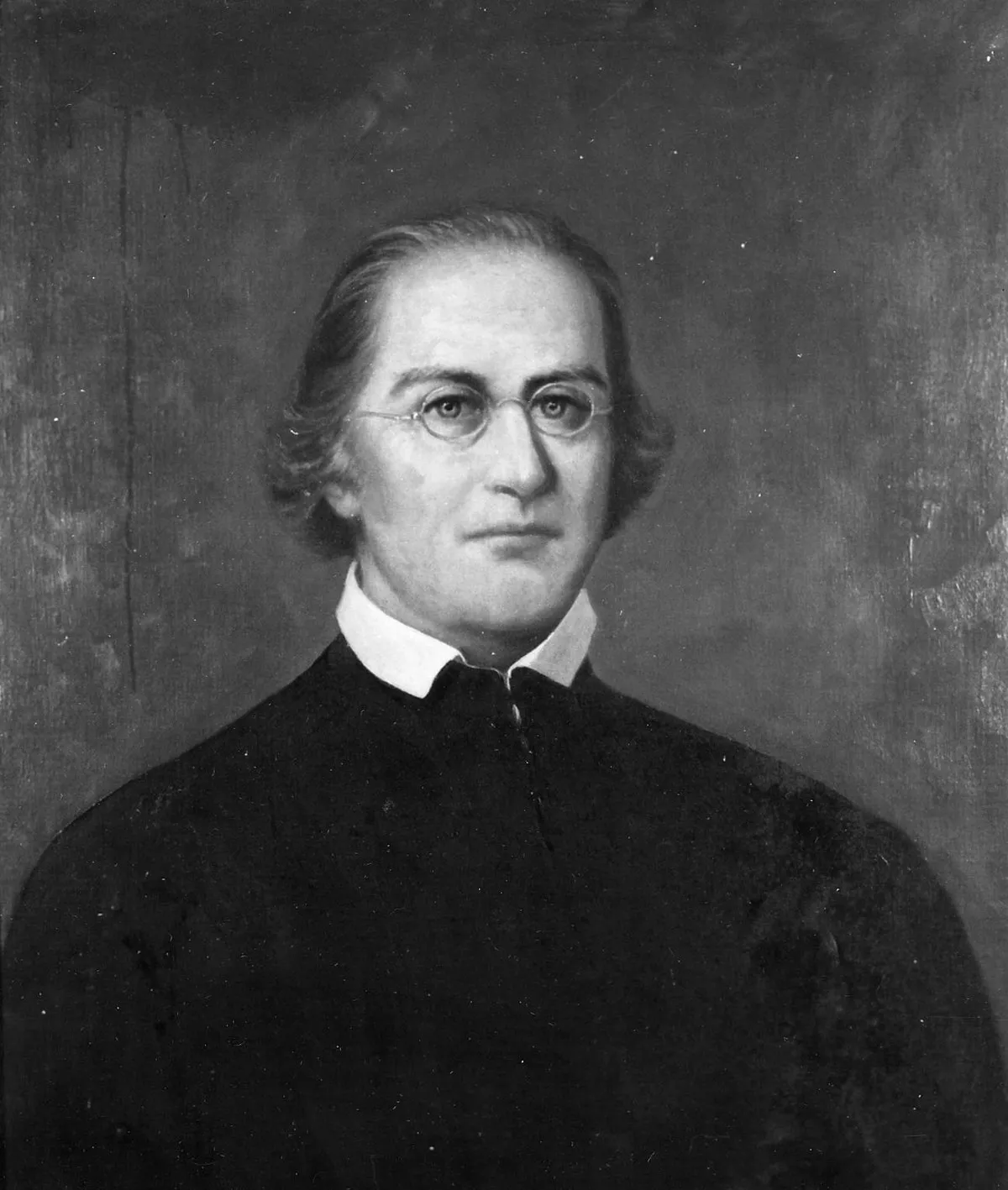 1.
1. Anthony Kohlmann played a decisive role in the early formation of the Archdiocese of New York, where he was the subject of a lawsuit that for the first time recognized the confessional privilege in the United States, and served as the president of Georgetown College from 1817 to 1820.